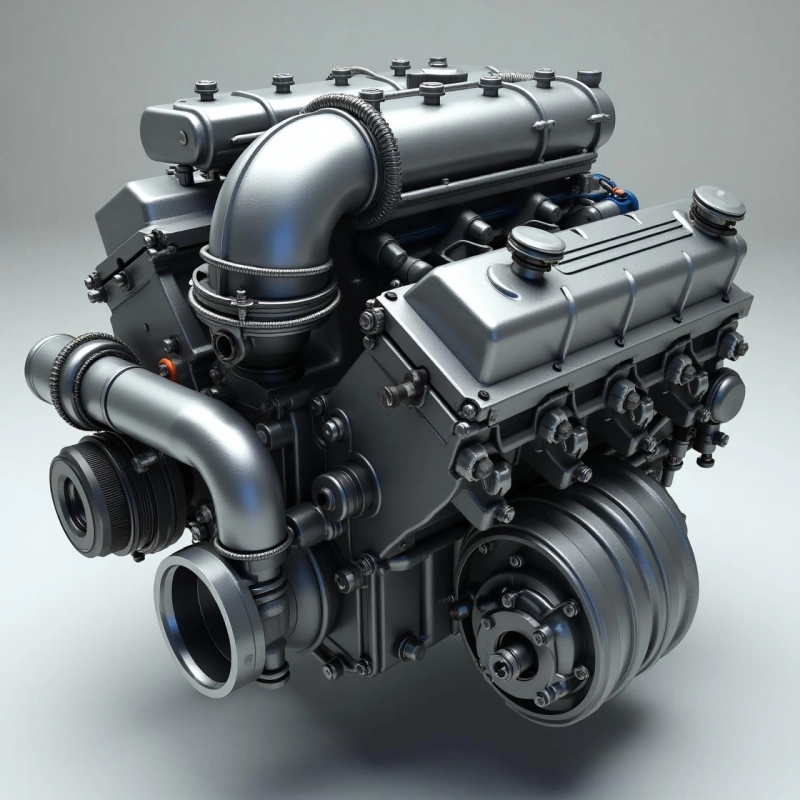In the hallowed vault of mechanical marvels, where combustion becomes a craft and pistons preach gospel to the gods of speed, few internal combustion engines stir the soul quite like the 2JZ engine. It is not merely a compilation of metal and motion—it is a forged-steel symphony, a mechanical sonnet reverberating through dyno chambers, midnight street battles, and the whispered legends of underground tuners. Born from the industrious minds at Toyota’s Higashi-Fuji Technical Center in the twilight of the 20th century, the 2JZ didn’t arrive quietly. It crashed onto the scene with the resolve of a rebellion, crafted not just to endure—but to outclass, outlast, and outpower.
The 2JZ-GTE, the crown jewel of the 2JZ family, made its first thunderous appearance in the Toyota Aristo in 1991, and later achieved global mythos through its pairing with the Mark IV Toyota Supra (1993–2002). Equipped with a stout cast-iron block—a rarity even then—it mocked the trend of lightweight but weaker aluminum architecture. It was a brute cloaked in refinement, an overengineered masterpiece capable of weathering boost levels that would shatter lesser engines into mechanical confetti.
At its core, the 2JZ flaunted a 3.0-liter inline-six configuration, delivering exceptional balance and inherently smooth operation. Its symmetrical firing order and inline architecture allowed it to operate like a fluid stream of combustion perfection—no vibrations, no drama, just relentless thrust. Twin sequential turbochargers spooled up like coiled serpents, delivering a dual-stage punch that was both responsive and relentless.
This wasn’t just an engine—it was an act of defiance against mediocrity. While other manufacturers dialed down for mass production comfort, Toyota went rogue—producing a powerplant that would become a tuning legend. Capable of handling over 800 horsepower on stock internals, it inspired a generation of speed disciples who saw not just an engine, but an immortal relic—one that doesn’t age, but evolves. The 2JZ engine isn’t a chapter in performance history. It’s the ink with which that chapter is written.


